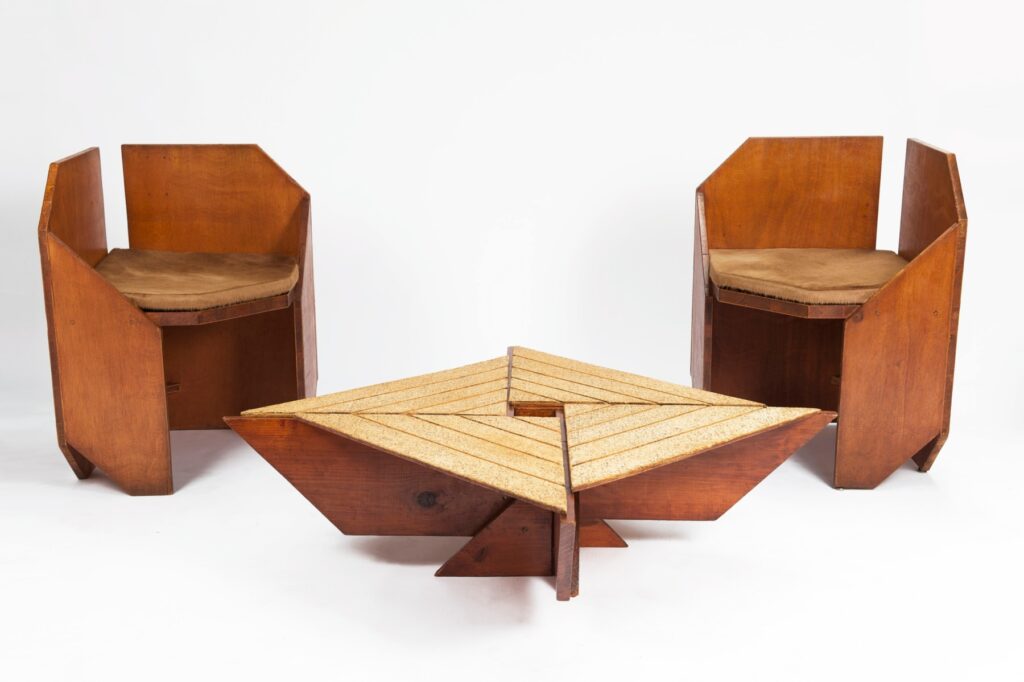
What does the role of a design dealer entail in the 21st century? If you ask Hugues Magen, the founder of the New York gallery Magen H, he will tell you that as the market for collectible design has evolved the role has become more complex and multifaceted than ever before. As a dealer specializing in historical design, to Magen it is not only about creating markets, presenting shows and curated booths at design fairs, or connecting with collectors and curators, but also his ongoing passion for French design; this brings him to explore, investigate, and discover the undiscovered while simultaneously contributing to scholarship. Magen takes his mission very seriously and can be credited for resurfacing past moments of glorious design. He has been traveling throughout France to discover exceptional talents who have been excluded from the mainstream narrative of design history in order to tell their stories and present their voices—and in turn, expanding our knowledge of design. Thanks to his efforts, these figures have benefited from a revitalized legacy and their work has been celebrated once again.
His newest discovery, the exquisite wood furniture designed by French architect Hervé Baley (1933-2020), is presented in a monographic show at the gallery. In the accompanying book which he independetly published, we learn about the postwar architect who advocated for spatial poetry throughout the homes he built in the Ile de France region between 1959 and 2000. It all started when he discovered a couple of chairs that were unusual, modernist, and crafted of simple plywood in just the way he likes: geometrical shapes, sharp angles, craftsmanship, patina. This led him on a long journey discovering Baley’s full portfolio; his pieces of furniture have remained in the homes he built and for which he created this bespoke furniture. Since they have never reached the secondary market, they appear fresh, unexpected, and exciting.
Hervé Baley was trained in the open workshops at the Beaux-Arts School in Paris in the 1950s, and has always approached architecture as a form of art. While a student, he visited the exhibition of Frank Lloyd Wright held in Paris in the spring of 1952, and that day changed his life. This left a decisive impact on the French architect, and he realized that he preferred the approach of Wright over that of Le Corbusier—the hero of his peers. The influence of Wright would follow him through his entire career. Like the American icon, Baley was interested in the concept of gesamtkunstwerk: creating homes to be complete works of art where the architecture, interiors, and furniture are integrated together into poetic ensembles. He taught this architectural vision as a professor at the Special School of Architecture. Those who attended his workshop, called “Sens and Space,” learned to create architecture as a full experience.
Once Magen saw those first pieces of angular wooden furniture, he began his journey of discovery: identifying Baley’s homes, developing relationships with their owners and with the architect’s estate, and collecting them one by one. After his collection reached one hundred pieces, he felt that he was ready to showcase this discovery. His gallery cultivates his taste for architectural design with modernist values, where the hand of the designer is visible; Baley’s work perfectly fits this narrative.
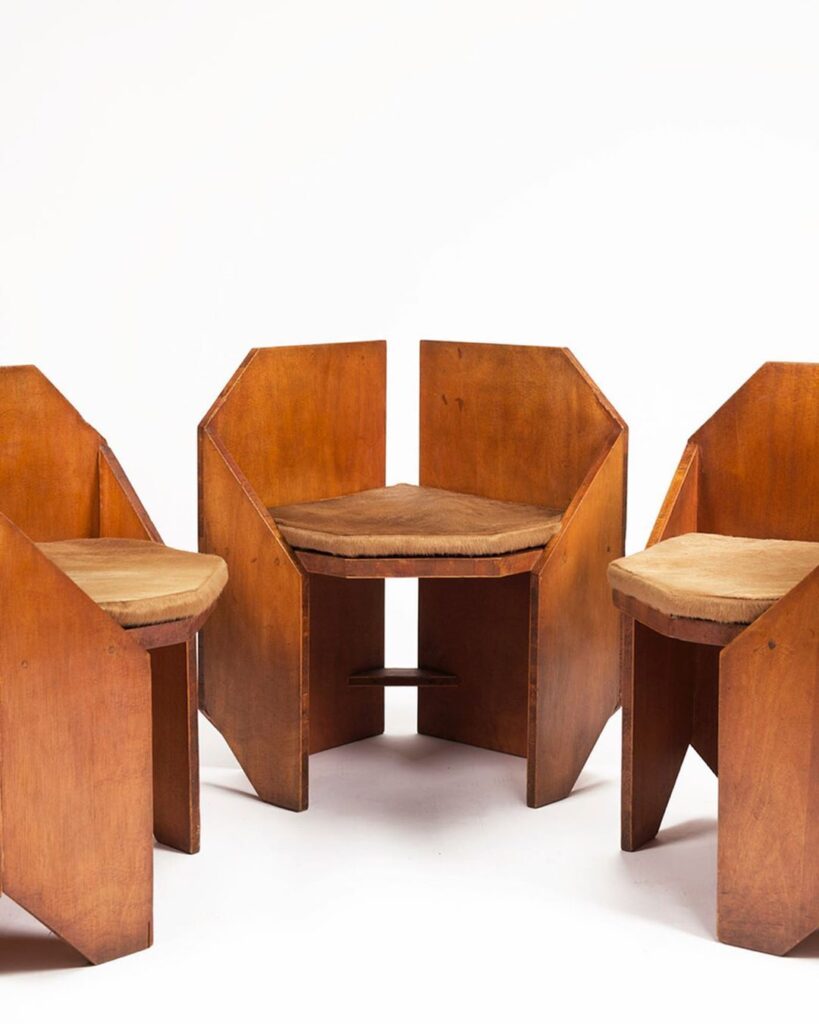
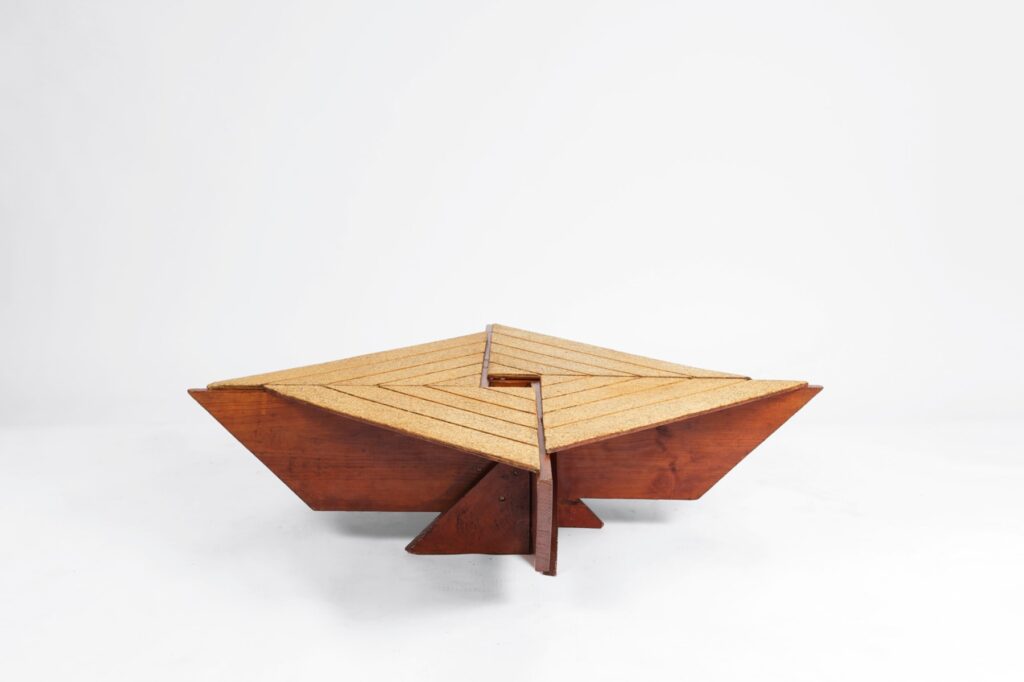

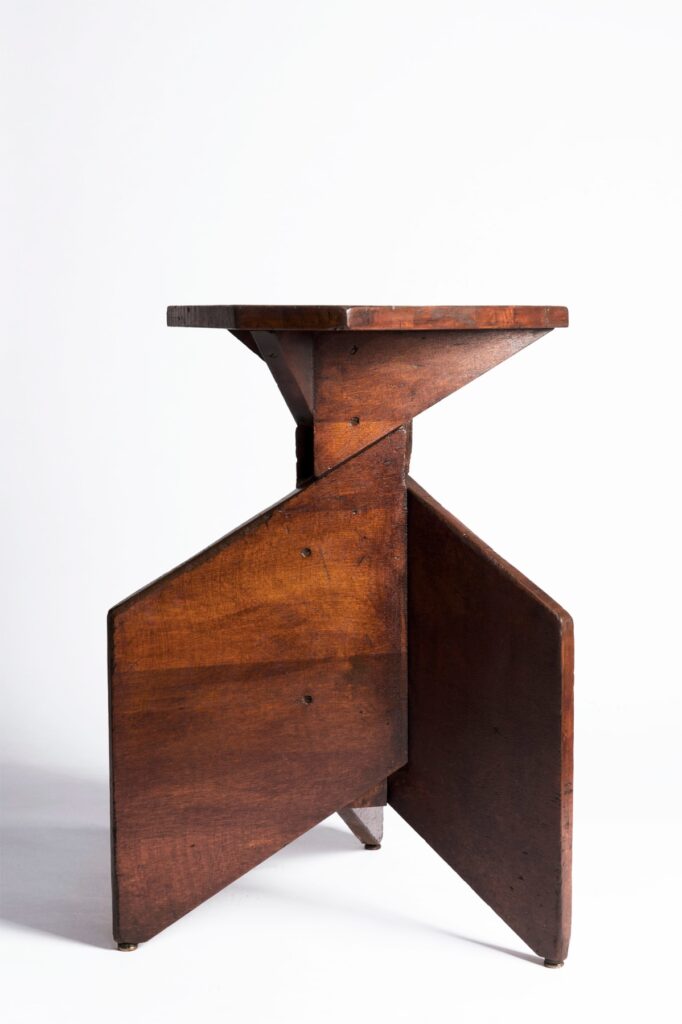
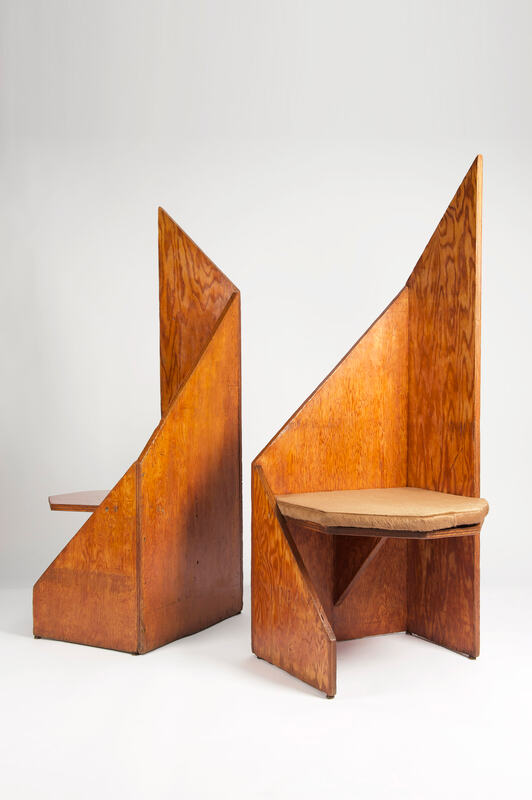
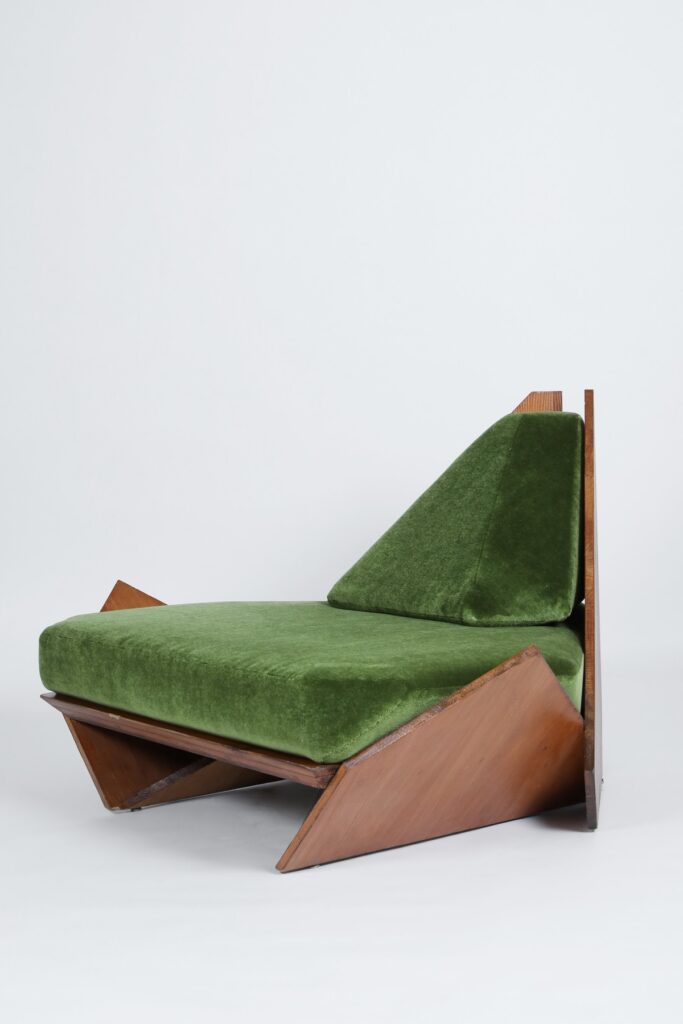

I am left speechless, I am in awe